
Cleaning & Homemaking Reducing Disease & Other Threats


Cleaning & Homemaking Objectives
-
Analyze data on cleaning behaviors, determining the impact on animal survival.
-
Provide examples of animal homes, including their construction, architecture, and impacts on animal survival.
-
List characteristics of beavers, including their structures, behaviors, and role as a keystone species that impacts ecosystems.
Many cleaning and homemaking behaviors have a genetic basis.

If you have spent time watching animals, whether they are wild or domesticated, you see the same basic activities throughout the day: sleeping, thermoregulating, foraging or hunting for food, and cleaning.
Often cleaning is overlooked despite critical impact on survival.
Some animals get a significant portion of their nutrients by cleaning other species Oxpeckers are African songbirds that eat ticks, blowfly larvae and other parasites off the skin of large mammmals




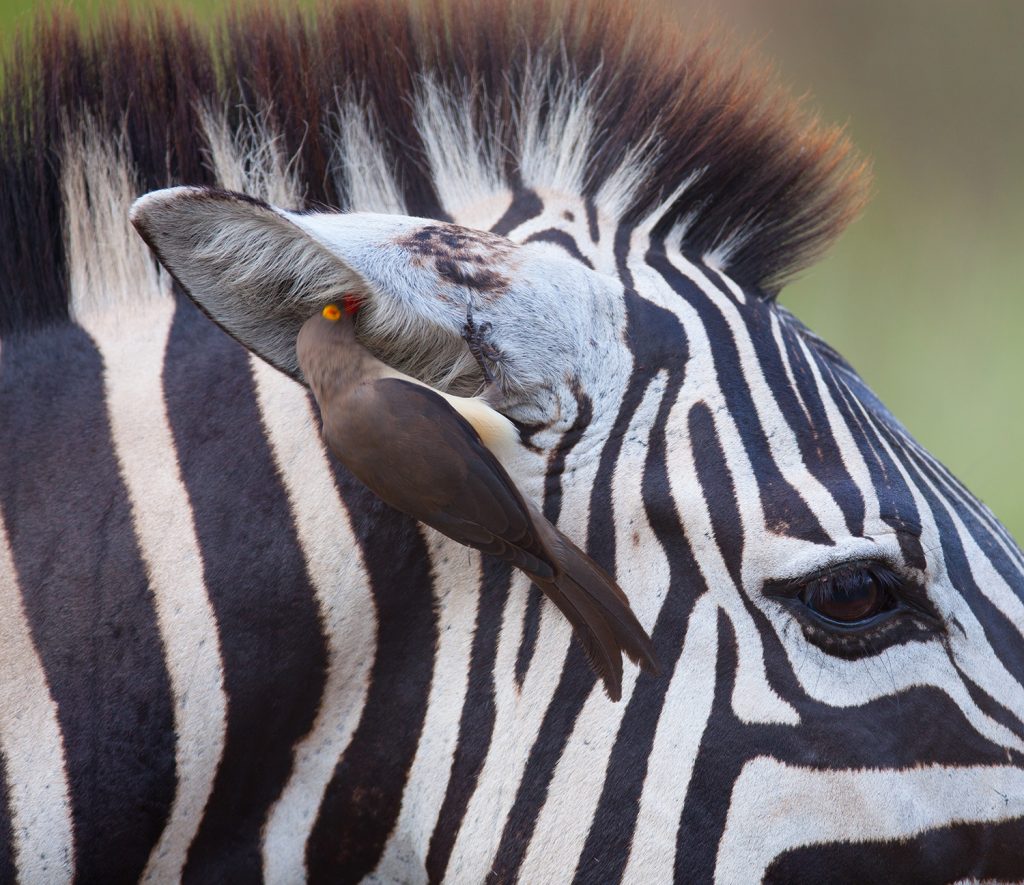



Cleaner Shrimp, made popular by the movie “Finding Nemo,” get their food from a number of sources, including cleaning fish, removing dead scales, dirt, and parasites.
These recently wild caught shrimp move closer to the camera, potentially for food.
These cleaner shrimp have learned to take food form the hand and readily clean under fingernails.
This cleaner shrimp tries to clean a clownfish. The fish could damage the shrimp, but does not appear to be alarmed.
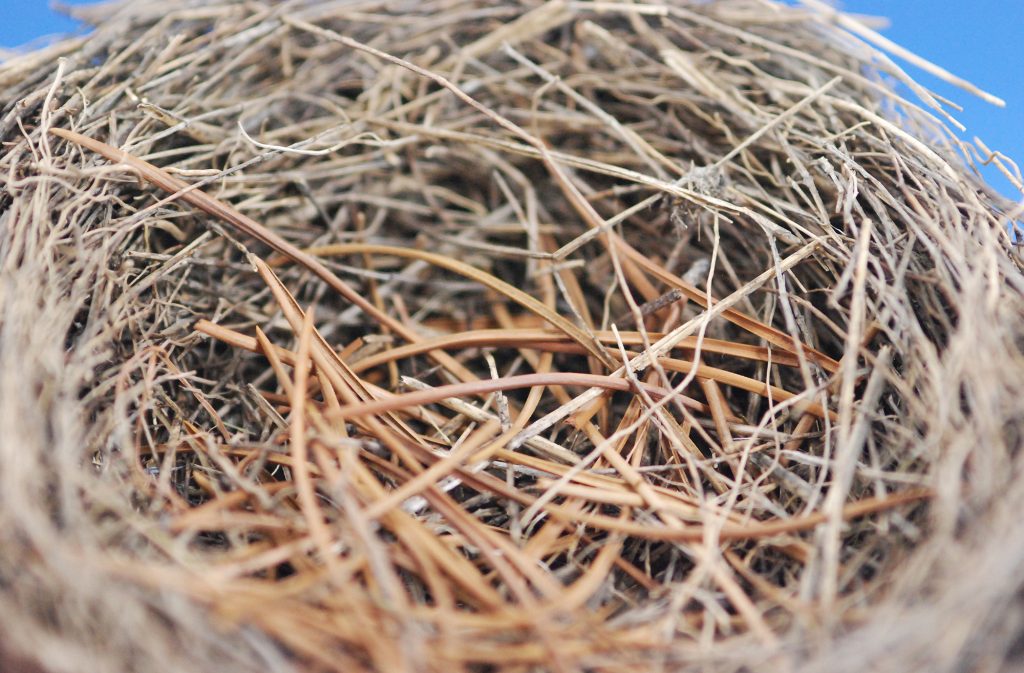
Songbirds build nests with a variety of plant materials. Some are genetically programmed to continually collect fresh leaves. The fresh leaves of many “wild carrot” plants contain chemicals that repel parasites, including mites and ticks.
Cleaning, or “grooming,” can also be critical for flight and thermoregulation.
Birds continually groom their feathers. This is critical in creating a continuous air foil for flight, a topic introduced in the next module.

Waterfowl

Parrot
Furred aquatic mammals groom to maintain a moisture barrier essential for heat retention. Certain environmental pollutants, like oil, can be difficult to remove from fur, and can lead to loss of thermoregulation.

Sea Otter

Beaver
Cleaning is not just about reducing pathogen exposure. From the behaviors in this mouse video, what is another benefit of cleaning behaviors?
Cleaning reinforces social bonds in many species. This may go beyond establishing a dominance hierarchy. Research on primates suggests that lack of touch in the first six months impacts neural development and social development.
Home Making
Animals construct structures for protection from predators and the elements.
Animals use a variety of building materials.
Building materials need to be readily available and offer some degree of protection. Some animals utilize mud before it hardens into a semi-waterproof structure.

Cliff Swallow Nests

Mud Dauber Wasps
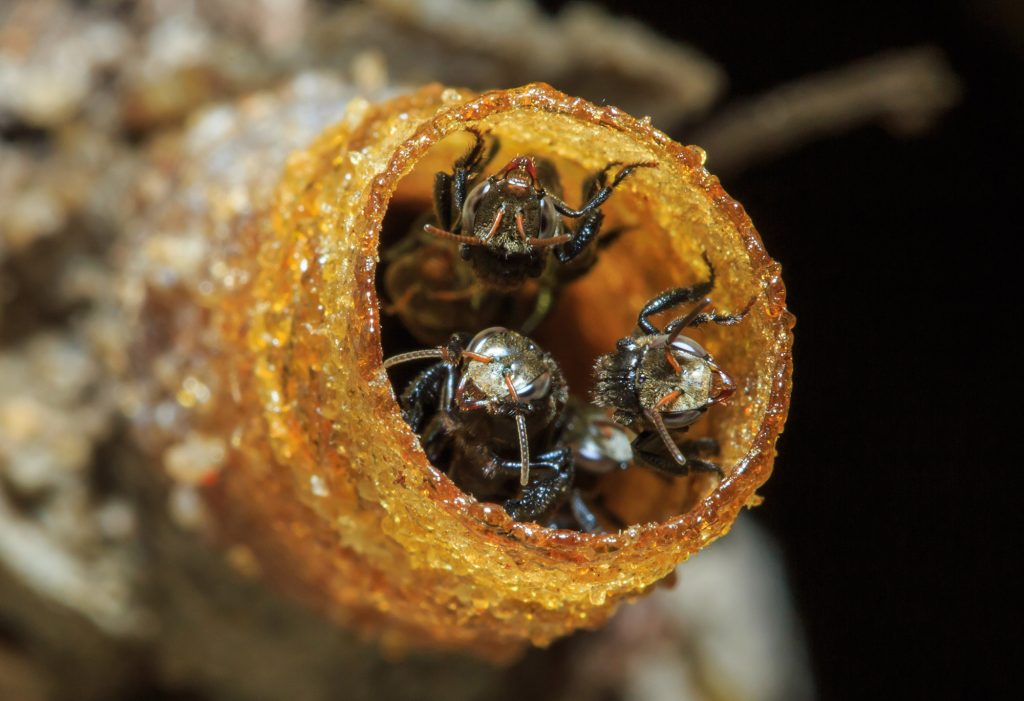
Several stingless bee species use tree resins as structural material.
Besides being flexible, resins contain chemicals that repel potential bee parasites.
One of the most interesting examples of individual invertebrate structure building is the caddisfly Dicosmoecus found in Oregon streams.
Close-up views of caddisfly cases made of stream gravel.


Hermit crabs do not build their own structures, they adopt abandoned snail shells, or forcibly remove snails if necessary.
Terrestrial hermit crabs are wild-caught from tropical beaches and need complex care including: constant high humidity, both fresh and salt water, deep substrate for molting, a varied diet, and plenty of extra shells as they grow in size.
Animal structures vary in complexity.
Simple nest structures include small scrapes in the ground.

Plover nest on sand

Kildeer nest on dirt
We’ll address more complex nests in an upcoming guide.
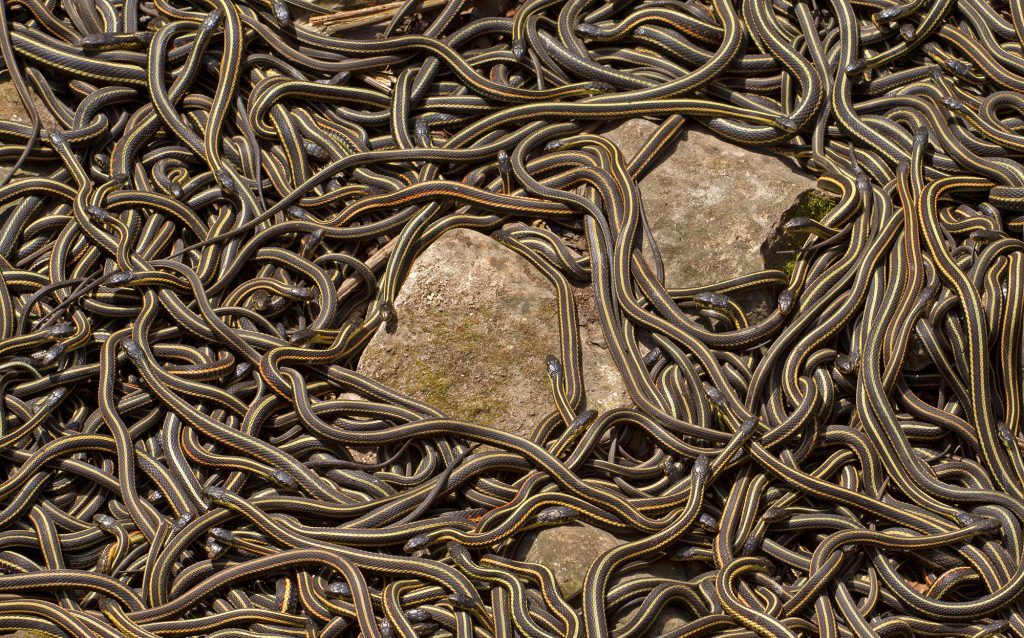
Some organisms use available structures with minimal alteration.
These garter snakes over-winter in underground caves in Manitoba, Canada. This ability to use caves makes them the northern-most reptiles.
Some of the mosts difficult to study animal structures are built underground.
Moles excavate extensive tunnels in the dirt. They have cylindrical bodies to fit through tunnels, small eyes, and strong forelimbs for digging.




Prairie dogs dig tunnels with different shape opening that increase underground ventilation.


Structures and behaviors for homemaking have a genetic basis. Prairie dogs dig even when kept in captivity.
Beavers
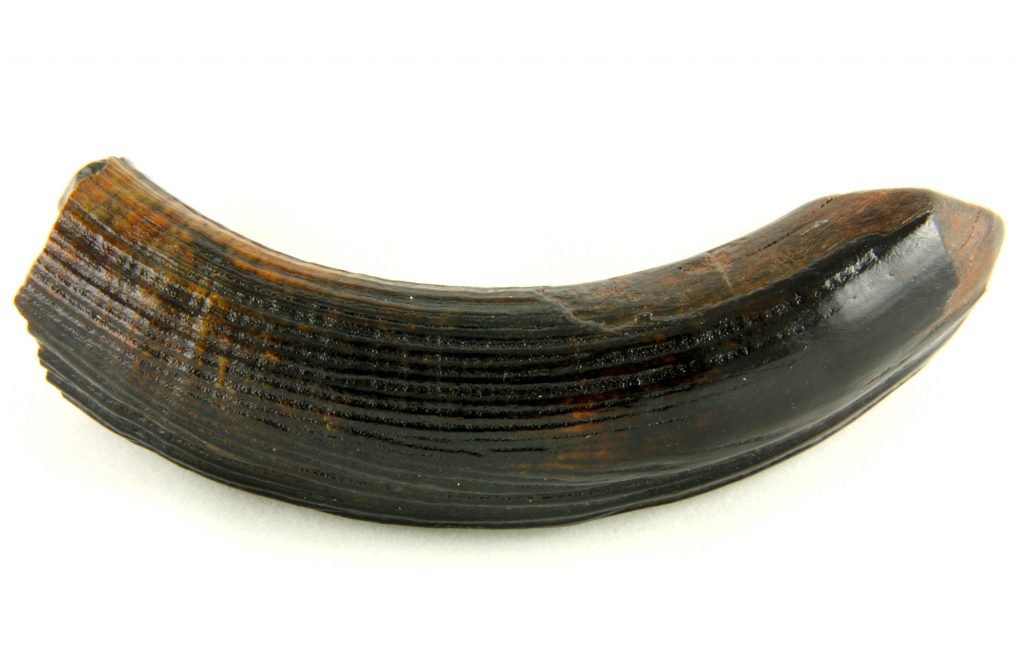
This is the fossilized tooth of the extinct giant beaver that lived as recently as 60,000 years ago in North America. It was approximately seven feet in length and weighed up to 270 pounds.
Only two beaver species are extant (currently alive on Earth): the Eurasian beaver (Castor fiber) and the North American beaver (Castor canadensis).
This is the Eurasian beaver, most of the rest of the photos will be of the North American beaver.
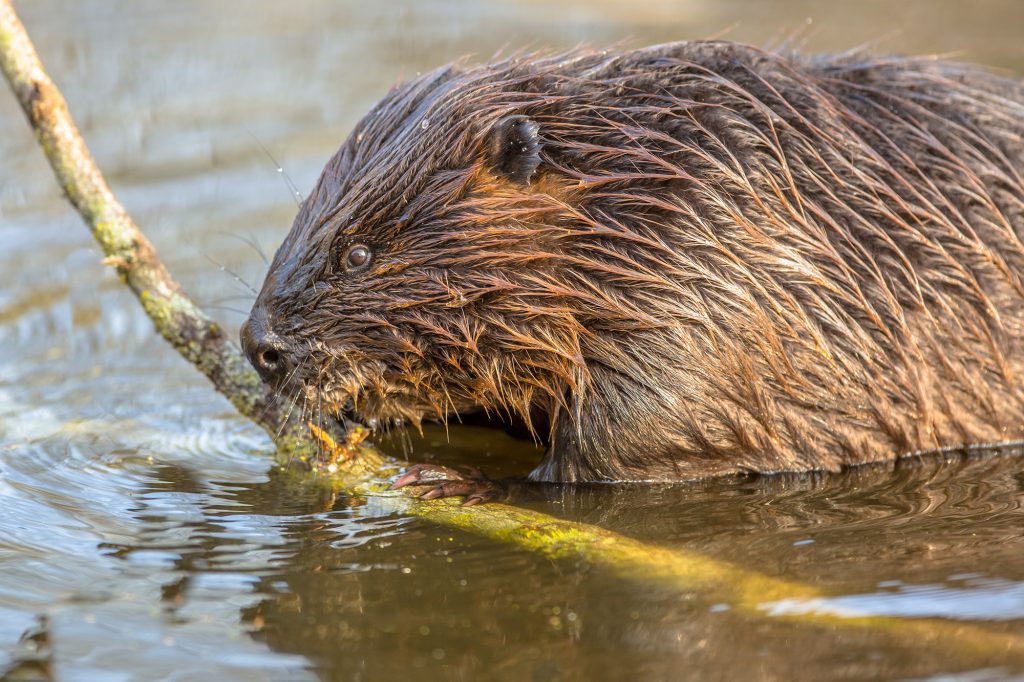
Beavers are often referred to as “nature’s engineers” due to the size and complexity of their structures.
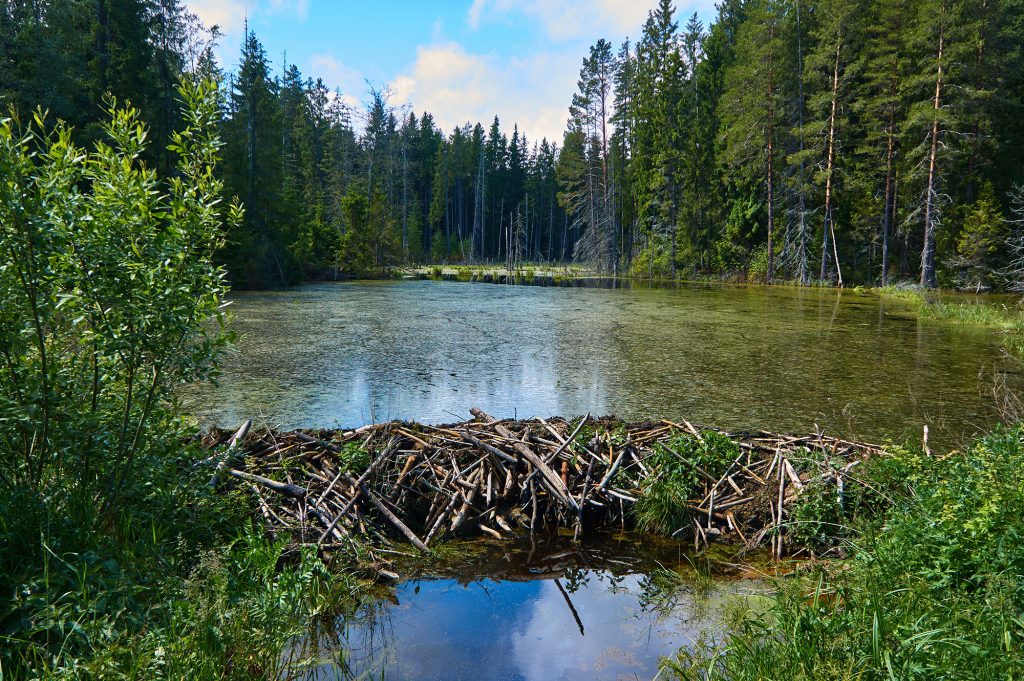
Dam
Beavers build dams out of tree stems, reducing stream flow and creating a pond behind the dam.
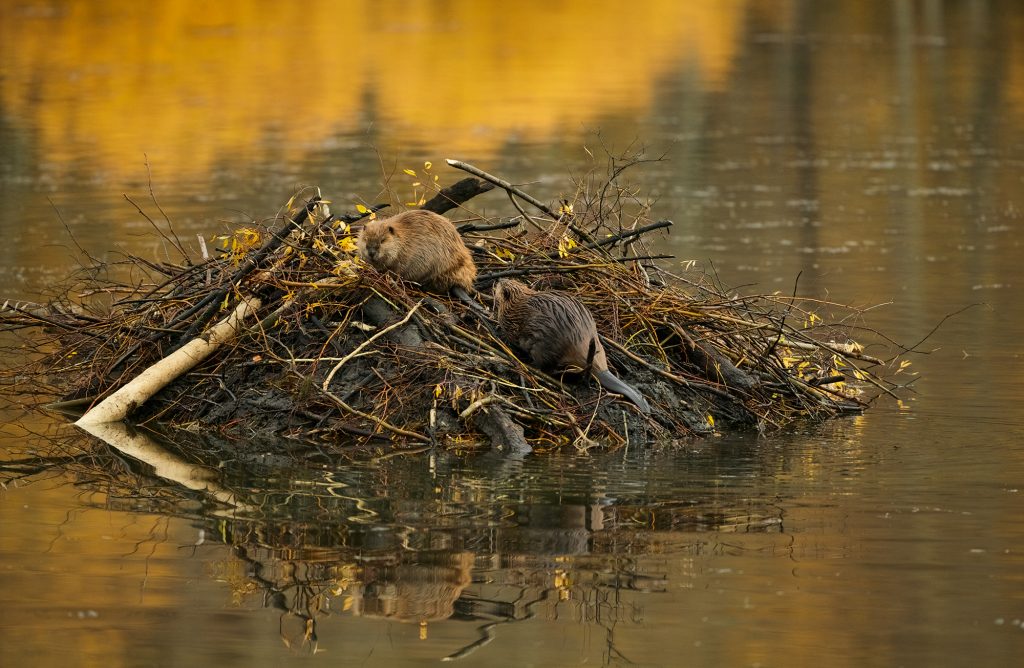
Lodge
The beaver lodge can be large enough to house a multi-generational family.
Beavers have unique structures them to eat bark and survive cool water temperatures.

Orange Teeth
Beaver incisors contain iron which gives them an orange color and extra hardness.

Waterproof
Beavers have dense fur that they continually groom and cover with an oily substance called castoreum, secreted from scent glands.

Extra Fat
Beavers have a dense layer of fat that insulates them in cold water.
Beaver use their webbed rear feet and flat tails to push through water.
Beaver enclosure at the Oregon Zoo, Portland.
Beavers have elaborate social behaviors.

Extended Families
A family generally starts with a monogamous pair, but grows with generations of offspring and sometimes their mates as well.

Communication
Beavers use a mix of visual, auditory, olfactory, and tactile forms of communication. A tail slapping on the water warns others of a potential predator.

Territoriality
Beaver families defend a territory around their lodge and dam. Scent marking communicates borders to other beavers.
Beavers are a keystone species. Although they have a low total biomass compared to many other species, their tree removal and dam building have a substantial impact on their environment.

Nutrient Retention
Nutrients build up behind dams; the water slows and particles settle. The rich sediment supports complex food webs.

Diverse Habitats
Beaver dams can transform a uniform habitat like a forest or meadow into a patchwork of habitats with the addition of a pond and wetland.
Humans have a complex relationship with beavers.

Cultural Significance
Beavers have lasting impact on the cultures in their regions.

Habitat Alteration
Beavers can damage trees and alter the course of streams through property.

Busy as a Beaver
Beavers are an icon for continual and cooperative work.
Beavers, like other animals, have a variety of genetically-based structures and behaviors suited for survival. We will explore how DNA codes for traits in upcoming guides.
The next section introduces the most diverse of Phyla in Kingdom Animalia: the arthropods.

Check your knowledge. Can you:
-
analyze data on cleaning behaviors, determining the impact on animal survival?
-
provide examples of animal homes, including their construction, architecture, and impacts on animal survival?
-
list characteristics of beavers, including their structures, behaviors, and role as a keystone species that impacts ecosystems?



